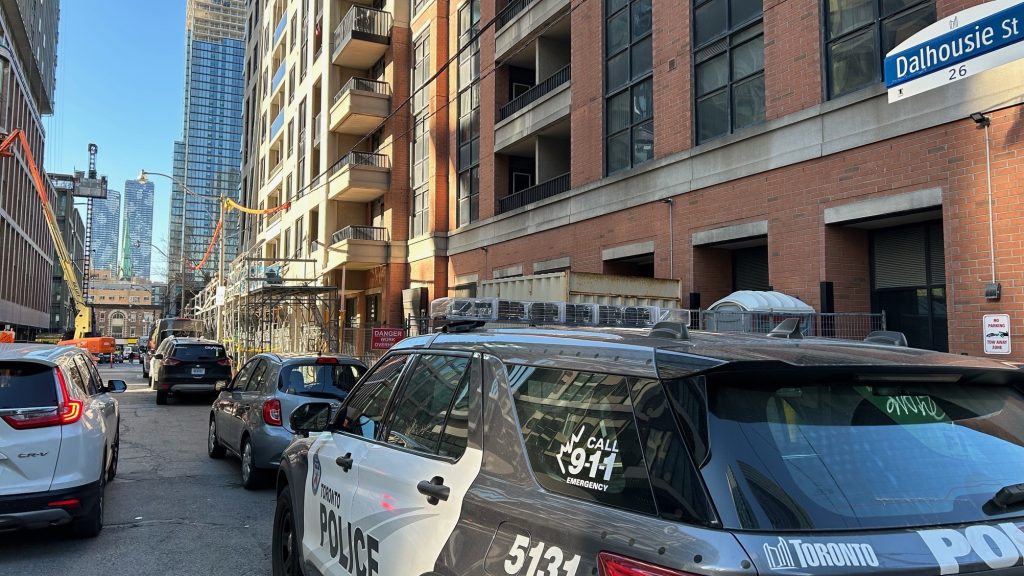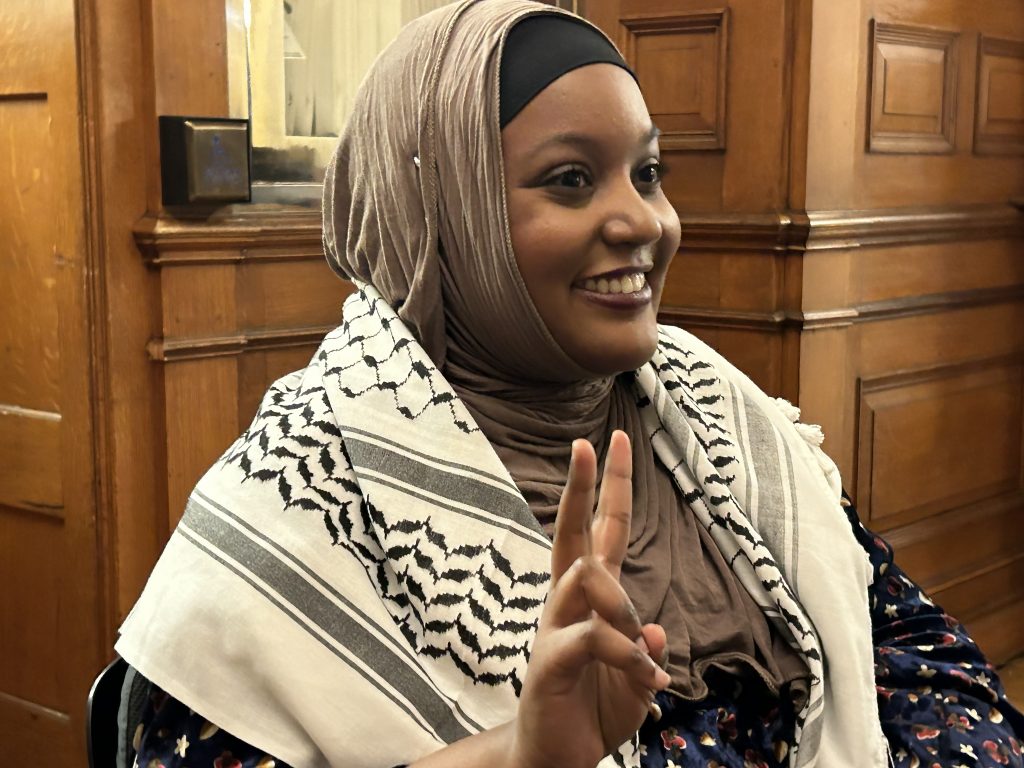Conflict in Syria: Timeline of key developments since 2011
Posted April 7, 2017 1:15 pm.
This article is more than 5 years old.
The conflict in Syria has killed hundreds of thousands of people, displaced millions more, helped to destabilize the region and spurred a refugee crisis in Europe. Below is a chronology of how it all came about:
2000
British-trained doctor Bashar Assad succeeds his father, Haffaz Assad, as president of Syria, extending a family dictatorship dating back to 1970.
2011
The Arab Spring topples regimes in Tunisia and Egypt. Peaceful protests begin in Syria, but the Assad’s government responds with a harsh crackdown, killing hundreds. The United States and the European Union impose sanctions. A coalition of Syrian opposition groups establishes the Syrian National Council, vowing to topple Assad and introduce democracy. The Arab League suspends Syria’s membership.
2012
Feb.16: The UN General Assembly passes a non-binding resolution endorsing an Arab League plan for Assad to step down.
April 12: A ceasefire goes into effect, leading to a brief reduction in violence. The UN reports violations by both sides.
August: U.S. President Barack Obama warns that the use of chemical weapons would tilt the U.S. towards intervention. A UN commission of inquiry accuses both the Syrian government and opposition forces of committing war crimes.
November: Syrian opposition factions formally agree to unite as the National Coalition for Syrian Revolutionary and Opposition Forces.
December: The United States, Britain, France, Turkey and Gulf states formally recognize the National Coalition as “legitimate representative” of Syrian people.
2013
Jan. 6: Assad announces he will not step down and plans a new constitution. He labels his opposition “terrorists.”
April 25: The United States says it has evidence that sarin gas has been used in Syria on a small scale.
May 17: The UN reports that more than 1.5 million Syrians have fled the country.
June: UN agencies ask for US$4.4 billion to support humanitarian work in Syria and neighbouring countries, the largest humanitarian funding appeal ever.
June 13: The Obama administration says that Syria has crossed a “red line” by using chemical weapons, including sarin.
Aug. 23: The UN secretary general calls the use of chemical weapons in Syria a crime against humanity which must be punished.
Aug. 24: Doctors Without Borders announces that three hospitals near Damascus have treated more than 3,000 patients for “neurotoxic symptoms.”
Aug. 26: Then-U.S. secretary of state John Kerry calls suspected chemical weapons attack “inexcusable,” saying President Obama believes there must be accountability.
Aug. 30: Kerry says chemical attacks in Syria killed more than 1,400 people, including hundreds of children.
Sept. 9: Syria accepts a Russian proposal to give up control of chemical weapons.
Sept. 27: UN Security Council passes a resolution requiring Syria to eliminate chemical weapons arsenal. Assad agrees.
Oct. 31: Organization for the Prohibition of Chemical Weapons says Syria has destroyed all declared chemical weapons production facilities.
2014
June: The Organization for the Prohibition of Chemical Weapons says Syria has handed over its chemical weapons to be destroyed.
June 3: Assad claims 88.7 per cent of the vote in what he bills as the country’s first election since 2011.
August: The UN reports the Syrian death toll at more than 191,000 after three years.
September: UN calls on Europe to allow in Syrian refugees as thousands attempt dangerous crossing of the Mediterranean.
Sept. 22-23: U.S. and allies launch airstrikes against ISIL targets in Syria, focusing on the city of Raqqa.
2015
May: ISIL seizes ancient city of Palmyra.
August: UN estimates Syria death toll at more than 250,000, including more than 10,000 children.
Sept. 2: Photo of three-year-old Alan Kurdi lying dead on a Turkish beach after failed attempt to reach Europe focuses world attention on the plight of Syrian refugees.
Sept. 14: President Vladimir Putin says Russia supports the Syrian government in its fight against ISIL terrorists. Work begins on Russian air base at Latakia in Syria and airstrikes begin. Russians say they are attacking forces of the Islamic State group, but are accused of hitting anti-Assad groups.
November: The Organization for the Prohibition of Chemical Weapons expresses concerns that chemical weapons have been used again in Syria.
December: First planeloads of Syrian refugees begin arriving in Canada as Trudeau government scrambles to meet election campaign promise to admit 25,000.
2016
Feb. 4: United Kingdom, Germany, Kuwait, Norway and the UN co-host a fundraising conference in London and raise over US$11 billion in pledged aid.
Feb. 26: Temporary truce goes into effect. Terms call on government and rebels to allow relief organizations access to disputed territories to assist civilians.
Sept. 15: At least 23 people, including nine children, are killed during airstrikes in Syria, with the United States and Russia blaming each other.
Dec. 22: Syria says government forces have recaptured the city of Aleppo after four years of rebel rule.
2017
Feb. 16: UN estimates that five million Syrians are refugees, with another 6.2 million internally displaced. Death toll put at over 400,000.
April 4: Chemical attack in Idlib province kills at least 80 people.
April 6: American warships fire cruise missiles against Syrian air base.
April 7: Prime Minister Justin Trudeau says Canada supports the “limited, focused” airstrike, denouncing the use of chemical weapons and calling on the U.S. and others to work towards a “diplomatic” and “political” solution to the conflict.










